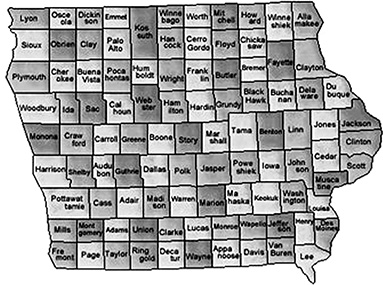
Technology has increased economies of scale in the agricultural sector and the carrying capacity of the land.Complex commodity chains link production and consumption of agricultural products.

Large-scale commercial agricultural operations are replacing small family farms.Intensive and extensive farming practices are determined in part by land costs (bid-rent theory).Agricultural production regions are defined by the extent to which they reflect subsistence or commercial practices (monocropping or monoculture).The Green Revolution had positive and negative consequences for both human populations and the environment.The Green Revolution was characterized in agricultural by the use of high-yield seeds, increased use of chemicals, and mechanized farming.New technology and increased food production in the Second Agricultural Revolution led to better diets, longer life expectancies, and more people available for work in factories.Patterns of diffusion, such as the Columbian Exchange and the agricultural revolutions, resulted in the global spread of various plants and animals.Early hearths of domestication of plants and animals arose in the Fertile Crescent and several other regions of the world, including the Indus River Valley, Southeast Asia, and Central America.Rural survey methods include metes and bounds, township and range and long lot.Rural settlement patterns are classified as clustered, dispersed, or linear.Specific agricultural practices shape different rural land-use patterns.




 0 kommentar(er)
0 kommentar(er)
